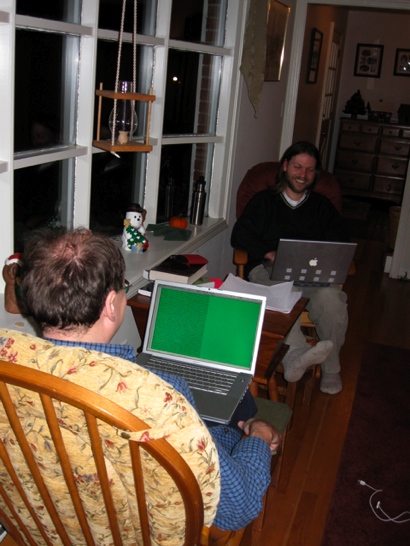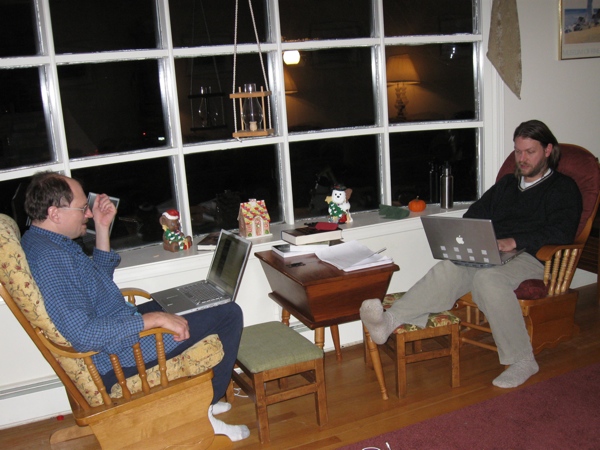RubyCocoa and subclassing OSX classes
If you create a subclass C inside a module M, the result is two distinct classes: M::C (as expected) and OSX::C (an unpleasant surprise):
require ‘osx/cocoa‘ puts OSX.const_defined?(’Squiggle‘) # => false module M class Squiggle < OSX::NSObject end end puts OSX.const_defined?(’Squiggle‘) # => true ?! puts M.const_get(’Squiggle‘) # => M::Squiggle puts OSX.const_get(’Squiggle‘) # => OSX::Squiggle puts M::Squiggle == OSX::Squiggle # => false puts M::Squiggle.object_id puts OSX::Squiggle.object_id
RubyCocoa 0.13.1, OSX 10.5.5
I believe this is because Objective-C doesn’t “get” separate namespaces - all classes are in the same namespace, which is why you can’t do this:
irb(main):001:0> module Second; class Quux < OSX::NSObject; end; end => nil irb(main):002:0> module Second; class Quux < OSX::NSObject; end; end /System/Library/Frameworks/RubyCocoa.framework/Resources/ruby/osx/ objc/oc_import.rb:266: warning: Cannot create Objective-C class for Ruby class `Quux', because another class is already registered in Objective-C with the same name. Using the existing class instead for the Ruby class representation. objc[12661]: objc_registerClassPair: class 'Quux' was already registered!

 Corey Haines is making a
Corey Haines is making a 